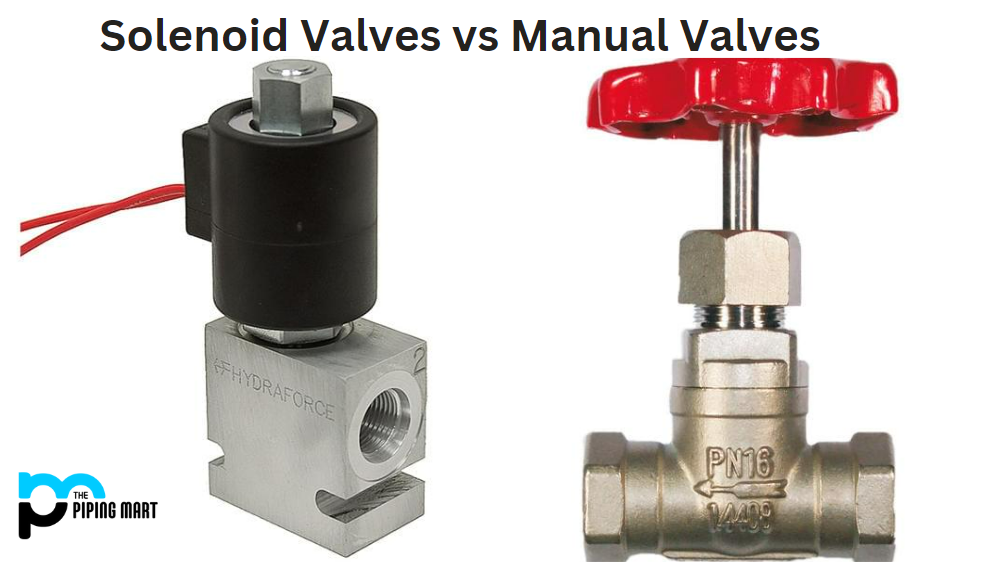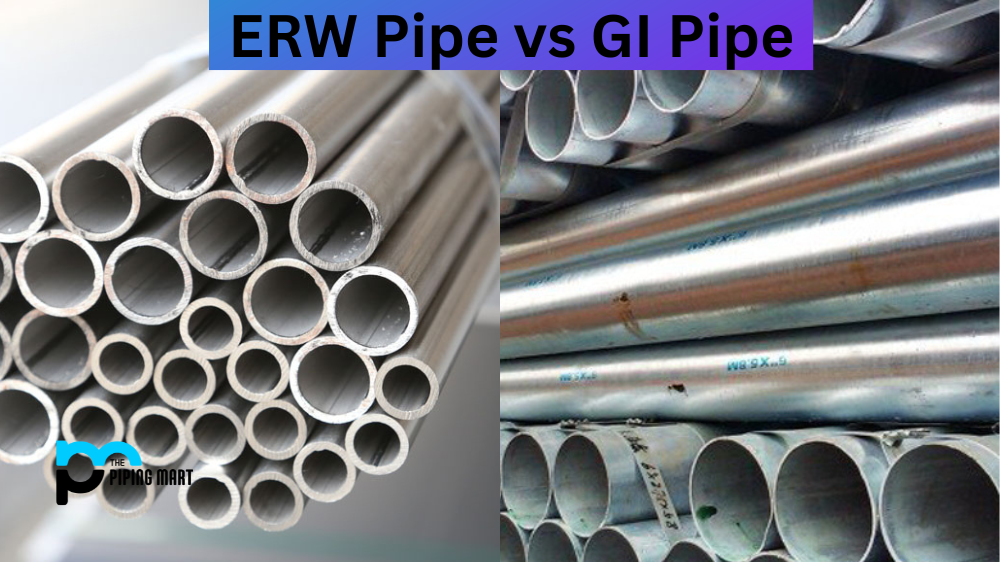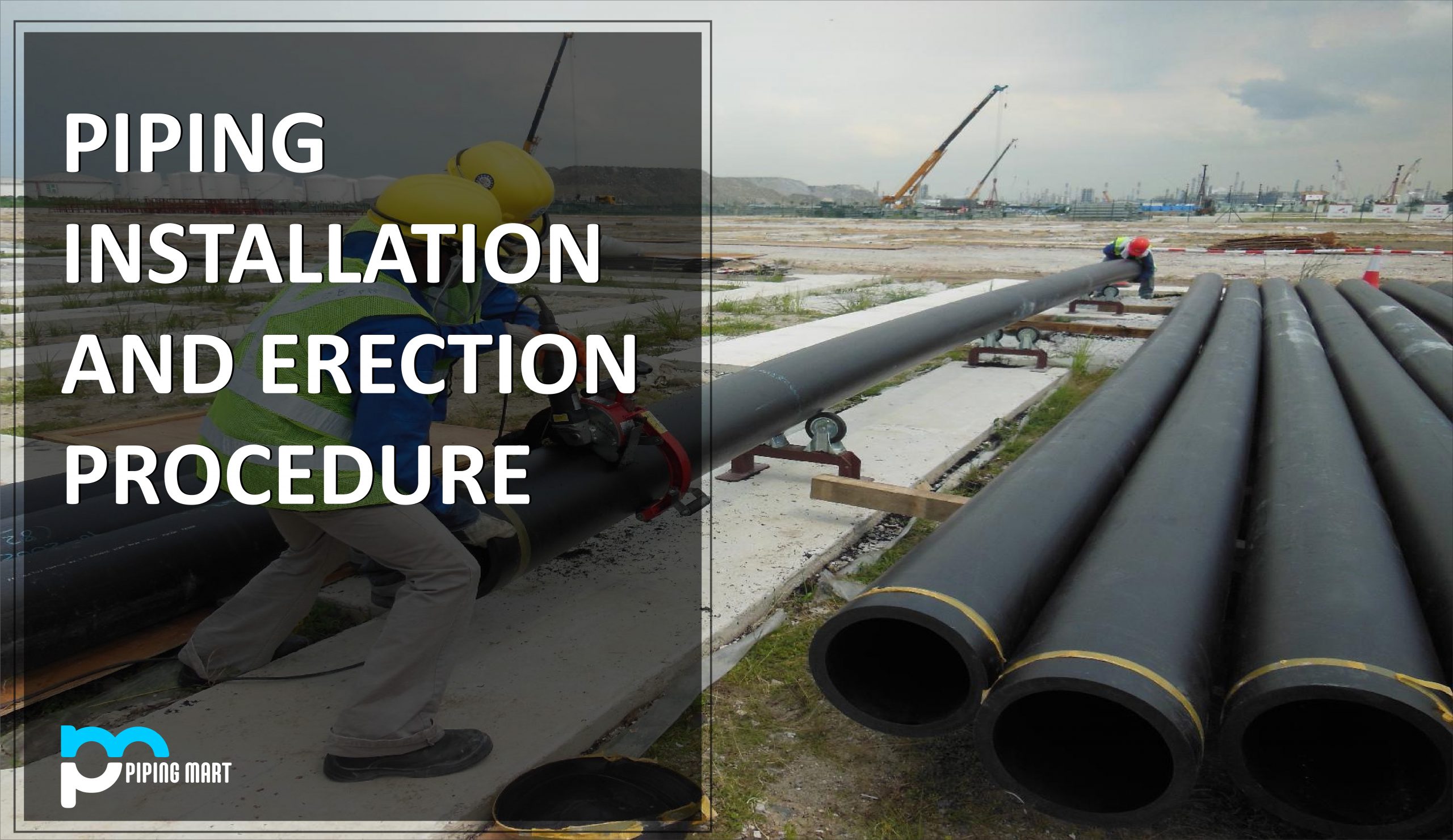Solenoid and manual valves are used to control the flow of fluids, but they are two distinct types of valves that offer different features. Knowing these two valves’ differences can help you choose the right type for your needs. In this blog post, we will discuss the differences between solenoid valves and manual valves.
What is Solenoid Valve?
A solenoid valve is an electrically operated valve controlled by an electric current or signal. It consists of a coil, armature, plunger, and spring. The coil is energized when an electrical current passes through it, which causes the armature to move up or down. This movement opens or closes the valve depending on its position at any given time. Solenoid valves are typically used in air conditioning systems, water treatment systems, irrigation systems, medical equipment, and many other applications where automatic control is needed.
What is Manual Valve?
A manual valve is a manually operated valve that requires human intervention to open or close it. These valves are most commonly used in plumbing systems but can also be found in industrial applications such as manufacturing plants and chemical processing facilities. Manual valves offer more control over flow rates than solenoid valves because they can be adjusted to accommodate changing conditions without requiring external input signals.
Difference Between Solenoid Valve vs Manual Valve:
The main difference between the solenoid and manual valves lies in how they are operated; solenoids use electricity, while manual valves require human intervention. Additionally, manual valves typically offer more control over flow rates than their solenoid counterparts because they can be adjusted to accommodate changing conditions without requiring external input signals like an electrical signal from a controller or switchboard. Finally, solenoids tend to cost more than manual valves due to their reliance on electricity for operation and the complexity of their components like coils and armatures, which add additional costs associated with design and installation.
- Solenoid valves are powered by electricity, while manual valves are not.
- Solenoid valves can be opened and closed automatically, while manual valves must be opened and closed manually.
- Solenoid valves are more expensive than manual valves.
- Solenoid valves require less maintenance than manual valves.
- Solenoid valves are more versatile than manual valves.
Conclusion:
Solenoid valves may be the better choice for automated valve control options with minimal required maintenance; however, for those looking for more precise control over flow rates with fewer moving parts at a lower cost point, manual valves could be a better option overall. Understanding these differences can help you make an informed decision when selecting which type of valve best meets your needs!

Abhishek is a seasoned blogger and industry expert, sharing his insights and knowledge on various topics. With his research, Abhishek offers valuable insights and tips for professionals and enthusiasts. Follow him for expert advice on the latest trends and developments in the metal industry.




